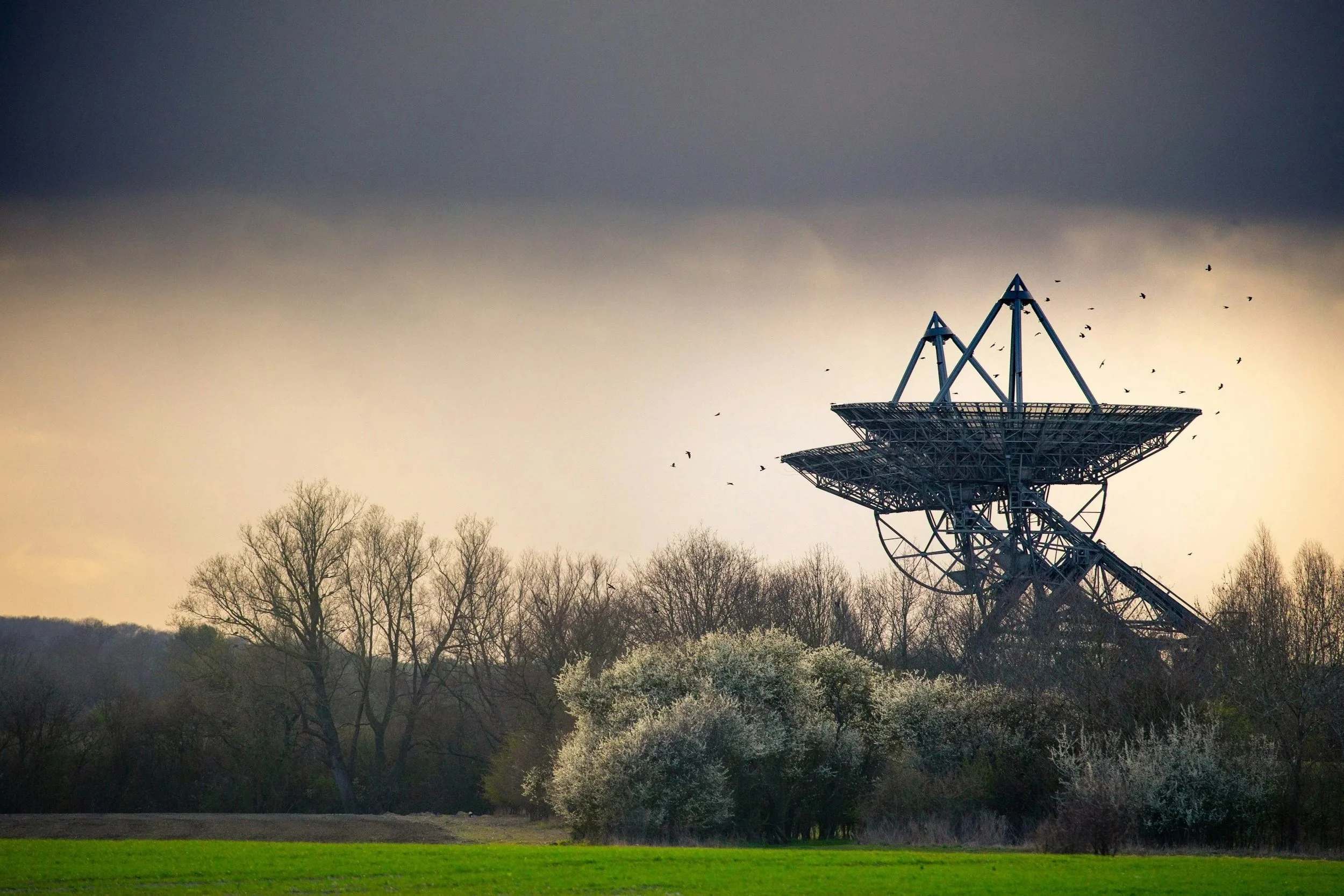
Foundations for Lasting Peace
For over a century, humanity built peace institutions before defining what peace is. The result: thousands of organizations working from incompatible assumptions, billions in resources unable to achieve coordinated impact, and peace that doesn't last.
The Institute for Global Peacecraft is an independent research institute that works to develop a harmonising global theory of change for peace—one that defines what peace is, harmonises the efforts of existing organisations, and lays the foundations for the next generation of international institutions.

What is peacecraft?
Peacecraft is the art and science of engineering sustainable peace. Like statecraft, it requires strategy, foresight, and coordination. Unlike statecraft, it aims not to preserve power, but to cultivate the conditions that allow sentient beings to flourish together.
For decades, peace work has been fragmented into distinct domains—peace research, peace education, peace studies, conflict prevention, mediation and diplomacy, peacebuilding, peacekeeping, humanitarian relief, development, environmental peacebuilding, and human rights. Each has operated from different assumptions about what peace is and how to achieve it.
IGP works to weave these strands into a coherent theory of peace itself—not merely the absence of violence, but the presence of conditions that reliably enable flourishing.
The Problem We Address
The peace field currently lacks a harmonising theory of change.
Without a shared understanding of what peace is, organizations work at cross-purposes. Billions in funding produce fragmented efforts. Interventions address symptoms rather than causes.
Progress remains fragile and reversible.
This isn't a failure of commitment or resources—it's a failure of foundations. We've been building the house of peace without first agreeing on the blueprint.
Our Three Strategic Pillars
-

1. Foundational Theory
We're developing the first sentience-based ontological framework for peace—grounding the field's fractured definitions in a unified theory drawn from philosophy of mind, cognitive neuroscience, and evolutionary biology. Unlike existing approaches that measure peace through institutional indicators, our framework explains what peace fundamentally IS: the optimal conditions for sentient flourishing.
-

2. Field Coherence
We harmonize the efforts of existing peace organizations by providing shared frameworks and common language. When organizations understand how their work contributes to a larger whole, coordination becomes possible.
-

3. Institutional Preparation
We're laying the intellectual foundations for the next generation of international institutions. Just as the League of Nations gave way to the UN, today's institutions will eventually transform. We're ensuring the next generation is built on solid conceptual ground.
How We Create Change
We don't coordinate organizations directly—we provide the conceptual infrastructure that makes coordination possible and inevitable. When organisations understand how their piece fits the larger puzzle of peace, collaboration emerges naturally.
Think of it as building the GPS for peace work: we don't direct traffic, we provide the common reference system that lets everyone navigate effectively.
Our Vision
We envision a world where peace efforts operate from shared understanding, where resources are coordinated rather than duplicated, and where humanity's capacity for peaceful coexistence is systematically cultivated rather than crisis-managed.
This isn't utopian thinking—it's strategic preparation.
By providing the intellectual infrastructure the field lacks, we're enabling the transformation from fragmented interventions to coherent peacecraft.
The foundations for lasting peace aren't built in response to crisis. They're built through patient, rigorous work that prepares the ground for institutional transformation.
Join us in building the future of peace.
-

Newsletter
Receive monthly insights on peace theory and practice
-

Partner With Us
Explore collaboration opportunities
-

Support Our Work
Help build the foundations for lasting peace




